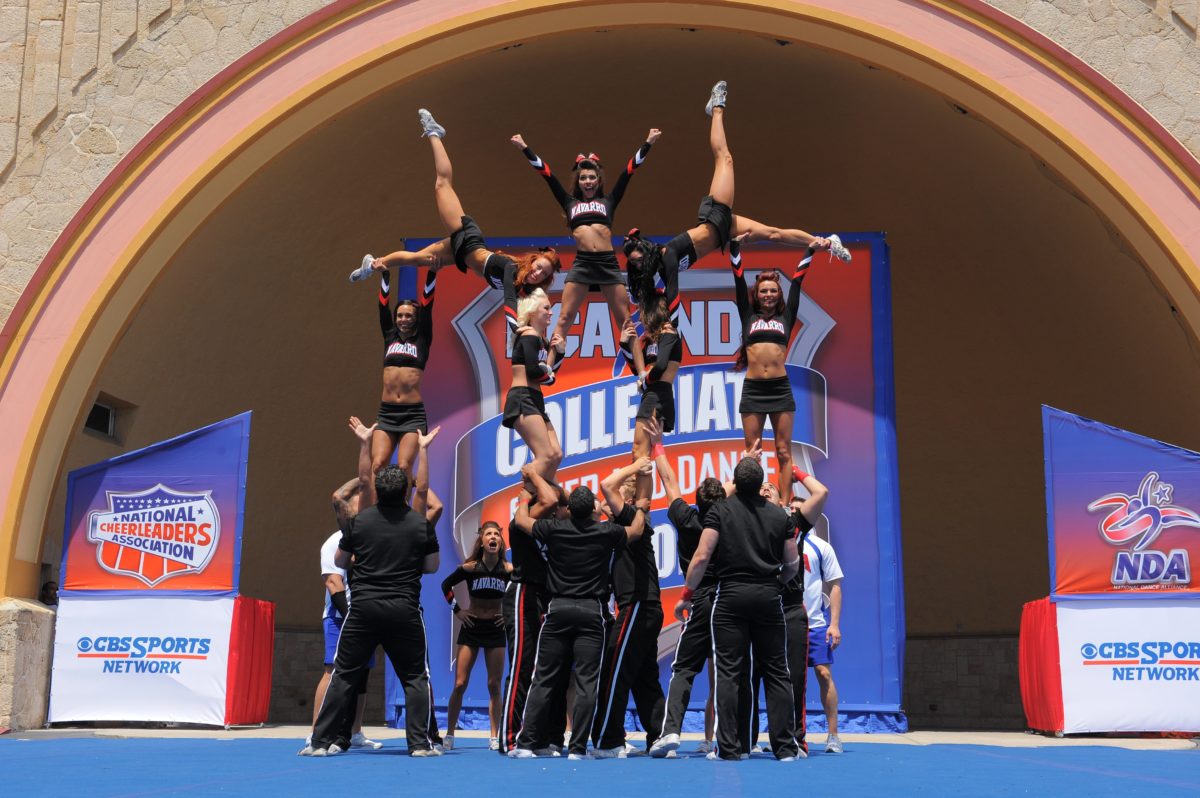
When my partner of five years and I broke up at the end of November, I didn’t know how to be optimistic about a life I couldn’t imagine. Losing my love, my home, my future. But of course, the future happens whether you can imagine it or not, and there’s no better proof of this than the months that would follow, namely COVID-19 and the massive political uprising in response to the murder of George Floyd and the countless Black and Brown lives taken before.
You have reached your article limit
Sign up for a digital subscription and continue reading all new issues, plus our entire archives, for just $1.50/month.
Already a subscriber? Sign in




